USDA Zone Changes – How Does this Affect NW Gardeners?
On November 15, 2023, the United States Department of Agriculture (USDA) issued an update to its Hardiness Zone Map, moving the Shoreline/North Seattle area from Zone 8b to 9a. The map has long been a useful tool for gardeners to determine which perennial plants are likely to survive their region’s coldest temperatures. Zones are assigned based on the average annual minimum winter temperature of a location and change in five degree (Farenheit) increments. The temperature data is collected from weather station readings averaged over 30 years and the map is generally updated every 10-12 years.
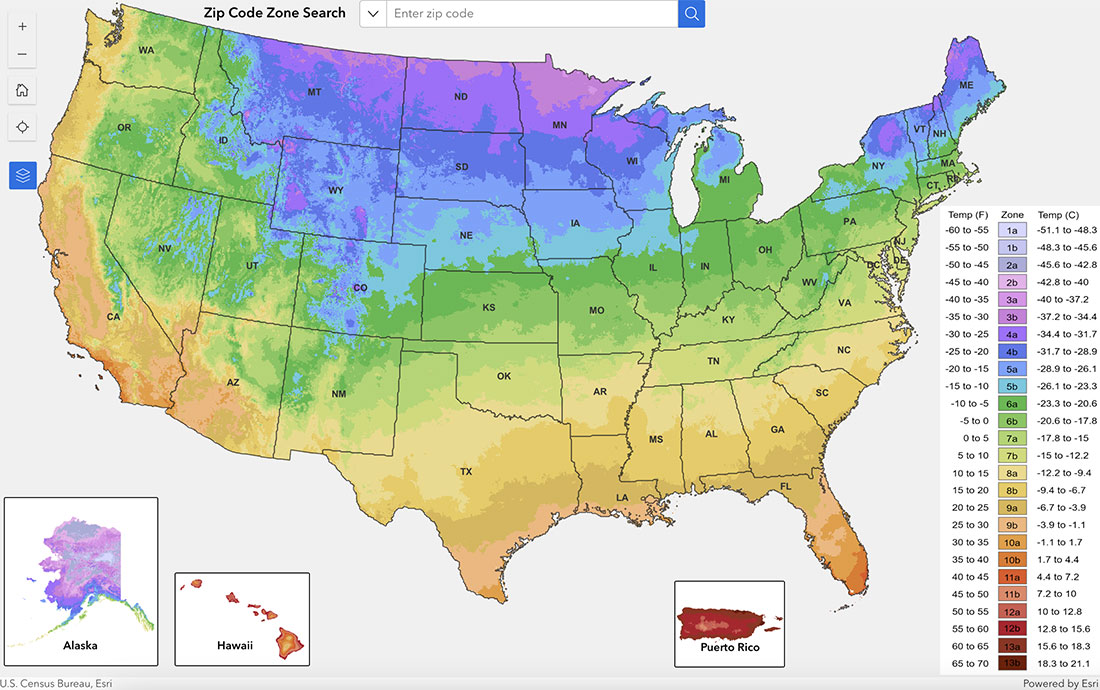
Get in the Zone
Thirty years is quite a broad time frame, so it is important to note that the calculation considers the average lowest temperature over that time, not the absolute lowest temperature recorded. The USDA Hardiness Zone Map also does not track other factors that affect plant growth, like summer heat, soil quality, humidity, moisture, and light levels.
The goal of the map is to provide an analytical estimate of which plants should survive the average lowest temperature of each area. As with all things gardening, there are few absolute guarantees. Plants and weather have minds of their own!
Prior to the Nov 2023 update, the USDA Hardiness Zone Map was last amended in 2012, and 1990 before that. The Shoreline/North Seattle zone change from 8b to 9a represents a five degree increase in the area’s average minimum winter temperature. Throughout its history, Zone Map updates have generally indicated rising temperatures across most areas of the US.
While these increases are not direct evidence of climate change (due to the nature of the data gathered), it is a trend worth taking into account when planning long-term planting projects. As the zone determinations are based on historical data and average lowest temperatures appear to be increasing more rapidly in recent years, these changes certainly warrant our attention and call on us to be mindful of how we might mitigate their impact through both policy and practice.
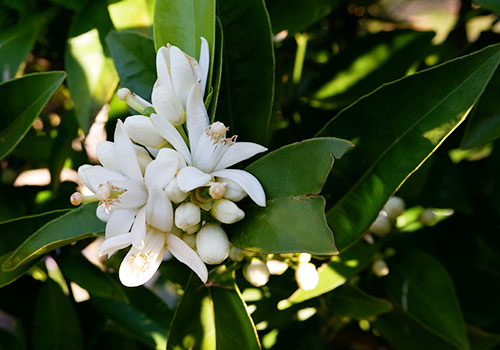
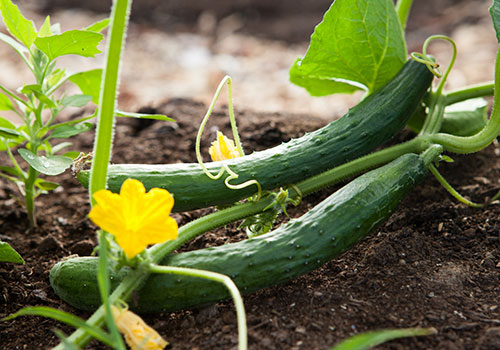
Ultimately, our new, warmer zone has several potential plusses and minuses for Seattle-area gardeners, both for new plantings and established beds.
Potential Benefits
Grow More Plants | On the plus side, yes, an increased average lowest temperature can widen the range of plants that would be likely to survive an average winter in our area. Given that the new zone is only a 5-degree increase, it is not a drastic change that will suddenly allow us to grow citrus trees outdoors year round. But a few “tender perennials” which are typically treated as annuals might have a better chance of surviving the winter to bloom again the next year.
This includes the more tender varieties of plants like certain salvia (patens, guaranitica), abutilon, eucalyptus, datura, brugmansia, certain aloes, gardenia, leptospermum, hibiscus, and jasmine and passiflora vines, to name just a few. However, we are all familiar with the Puget Sound’s dreaded and unpredictable cold snaps, so we still recommend protecting any tender plants to ensure their survival.
Better Overwintering | Tender bulbs and tuberous plants like dahlias, canna lilies, calla lilies, gladiolus, and ranunculus might have a higher chance of overwintering in-ground (rather than digging up and storing them), though well-draining soil and a layer of mulch is still important. Also, winter vegetable gardening could be more productive for a longer period of time, resulting in more harvests from broccoli, kale, and brussels sprouts. Repeat bloomers like roses and hydrangeas could also have a longer flowering period.
Earlier Bloom Times | Similarly, some early spring annuals like sweet peas, poppies, and bachelor buttons may be able to be planted and ready to bloom earlier than before. However, it’s important to remember that temperature is only one factor - low fall and winter light levels, fertilization, and maintenance all play a role in your garden’s success.
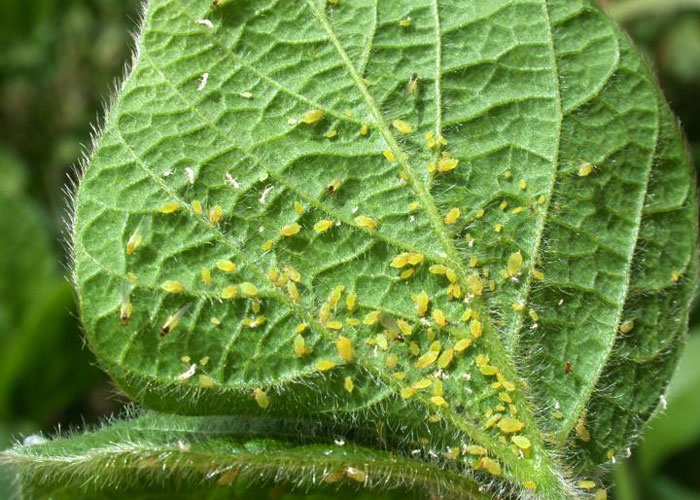
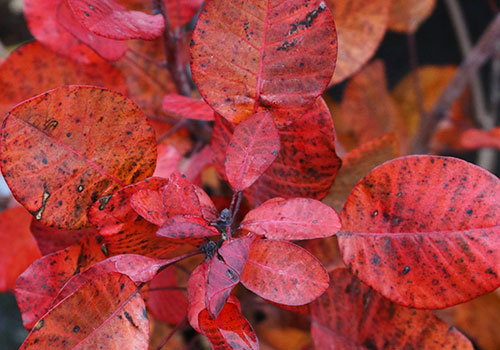
Potential Pitfalls
Pollinator Stress | However, earlier blooming can bring about its own potential issues. Rising temperatures may affect our local pollinators, as some may not adapt as quickly to changes in flowering times and may ultimately migrate away to areas more similar to their preferred environments. Early blooming trees, like cherries and apricots, require pollination to produce fruit, so fluctuations in the timing of that cycle have the potential to decrease fruit production and require more human intervention to maintain commercial and home orchard output.
Some plants need the cold | Many fruit and nut trees (and a variety of other plants), also require a chilling period during their winter dormancy - a certain number of hours below a temperature threshold, generally 45 degrees. This allows them to regulate their growth and release enzymes and biochemicals when dormancy ends, which allow them to bud and set fruit. A later fall freeze and earlier spring thaw can disrupt this cycle, causing limited production and vulnerability to pests and disease.
Pests | Another potential problem is pest proliferation. Warmer winters might allow pests, bacteria, and diseases to survive when colder temperatures would normally slow their spread. They could also reappear earlier in the season, catching gardeners by surprise. Slugs, for example, already tend to be more of a challenge after a mild winter. Warmer winters can also mean hotter summers which, while beneficial for growing heat-loving plants like tomatoes, cucumbers, and zinnias, can create challenging environments for cool weather-loving local favorites and native plants like astilbe, hosta, dicentra, campanula, columbine, bunchberry, hellebore, azalea, and rhododendron.
Higher average temps also have the potential to affect fall foliage, altering the speed and intensity of color transition in the leaves, and how long they stay on the tree before falling.
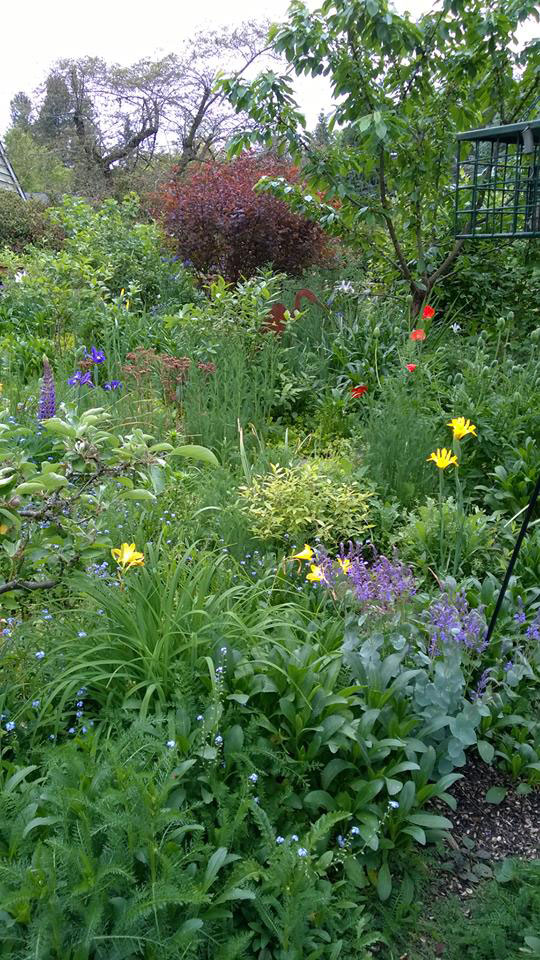
In the end, while knowing your USDA Hardiness Zones is an important part of identifying plants that will survive & even thrive in your region, remember that it’s just one aspect of many to consider when planting in your garden. Light levels, soil acidity and quality, drainage, humidity, and wind exposure are also essential to understanding what you can plant where, all of which can vary significantly even from one side of your yard to another!
It can seem like a lot, but Sky Nursery is more than happy to help you find the right plant, no matter your microclimate. Our new zone of 9a is the starting point to figuring that out.
